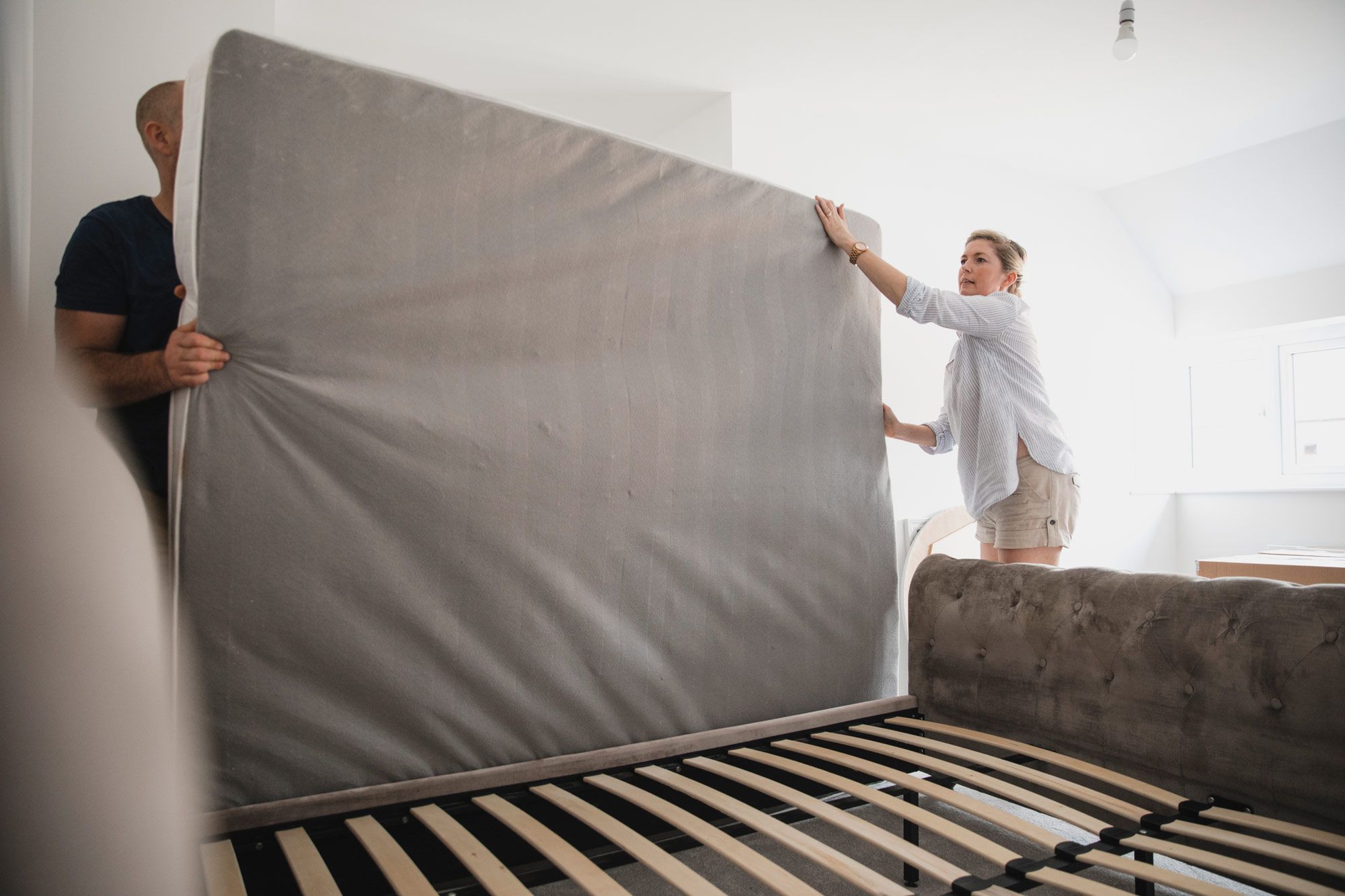

Articles
How To Store A Mattress In The Attic
Modified: February 25, 2024
Looking for articles on how to store a mattress in the attic? Read our helpful guide for expert tips and techniques to ensure your mattress stays safe and protected.
(Many of the links in this article redirect to a specific reviewed product. Your purchase of these products through affiliate links helps to generate commission for Storables.com, at no extra cost. Learn more)
Introduction
Storing a mattress in the attic may be necessary for various reasons. Whether you’re downsizing, moving, or simply need extra space, the attic can be a convenient storage area for bulky items like mattresses. However, it’s crucial to store the mattress correctly to preserve its quality and prevent damage.
In this article, we will guide you through the process of storing a mattress in the attic. We’ll cover everything from assessing the attic space to choosing the right storage method and ensuring proper maintenance. By following these steps, you can ensure your mattress remains in good condition while being safely stored away.
Assessing the Attic Space
Before storing your mattress in the attic, it’s essential to assess the space to ensure it is suitable for storage. Take the following factors into consideration:
- Climate and Temperature: Check if the attic is prone to extreme temperature fluctuations or high humidity. Ideally, the storage area should have a consistent and moderate temperature.
- Space and Accessibility: Evaluate the available space in the attic and ensure that it can accommodate the mattress. Consider the dimensions of the mattress and measure the attic’s ceiling height to avoid any difficulties during storage.
- Cleanliness and Pest Control: Ensure that the attic is clean and free from pests like rodents or insects. Remove any debris or potential hazards that could damage the mattress.
Preparing the Mattress
Before storing the mattress, it’s vital to prepare it properly to minimize the risk of damage and ensure its longevity:
- Clean the Mattress: Thoroughly clean the mattress by vacuuming to remove dust, dirt, and allergens. Use a mild detergent or upholstery cleaner to remove any stains. Allow the mattress to dry completely before storage to prevent the growth of mold or mildew.
- Disinfect: Consider using a mattress disinfectant spray to eliminate any bacteria or odors. This step is particularly important if the mattress has been used previously.
- Remove Bedding and Accessories: Strip the mattress of all bedding, including sheets, mattress protectors, and pillows. These items should be stored separately and cleaned thoroughly before future use.
Protecting the Mattress
Properly protecting the mattress is crucial to safeguard it from potential damage while in storage. Here are some protective measures to consider:
- Mattress Encasement or Cover: Invest in a mattress encasement or cover designed for long-term storage. These protective coverings will shield the mattress from dust, moisture, pests, and other potential hazards.
- Mattress Bag: If a mattress encasement is not available, consider using a plastic mattress bag. Ensure the bag is made of breathable material to prevent the accumulation of moisture.
- Padding: Place a layer of padding, such as blankets or towels, on the floor of the attic before storing the mattress. This will provide additional cushioning and protect the mattress from any sharp objects or rough surfaces.
Key Takeaways:
- Properly preparing and protecting your mattress before storing it in the attic is essential for maintaining its quality and longevity. Assess the attic space, clean and disinfect the mattress, and choose the right storage method to ensure optimal preservation.
- Regular monitoring and maintenance of the stored mattress are crucial for preventing damage and ensuring its long-term preservation. Keep the attic clean, monitor temperature and humidity, address moisture and pest issues, and perform periodic cleaning to maintain the mattress’s condition.
Read more: How To Store Books In Attic
Assessing the Attic Space
Before storing your mattress in the attic, it’s important to assess the space to ensure it is suitable for storage. Proper evaluation of the attic will help you determine if it can provide the right conditions for maintaining the quality of your mattress.
Here are some factors to consider when assessing the attic space:
- Climate and Temperature: Attics can be susceptible to extreme temperature fluctuations. Check if your attic is properly insulated and ventilated to prevent excessive heat or cold. Ideally, the storage area should maintain a consistent and moderate temperature to prevent any damage to the mattress.
- Space and Accessibility: Evaluate the available space in the attic and ensure it can accommodate the size of your mattress. Measure the dimensions of the mattress and cross-reference them with the attic’s ceiling height to ensure that there is enough room for storage. It’s also important to consider accessibility. Can you easily access the attic without damaging the mattress or yourself?
- Cleanliness and Pest Control: Ensure that the attic is clean before storing your mattress. Remove any debris, dust, or potential hazards that could damage the mattress. It’s also important to check for signs of pests like rodents or insects. Seal any openings or cracks that may allow pests to enter the attic. Consider using pest control measures before storing your mattress to prevent any pest-related damage.
- Floor and Structure: Assess the condition of the attic floor and structure. Is it strong and stable enough to support the weight of the mattress? Ensure that there are no weak or damaged areas that could compromise the integrity of the storage space.
- Lighting: Attics can often have limited or no lighting. Installing proper lighting in the attic will make it easier to navigate and retrieve the mattress if needed. Consider adding brighter, energy-efficient lighting to make the process convenient and safe.
By thoroughly assessing the attic space, you can determine whether it is suitable for storing your mattress. Taking these factors into account will help ensure that your mattress remains protected and in good condition during its time in storage.
Preparing the Mattress
Before you store your mattress in the attic, it’s crucial to properly prepare it to minimize the risk of damage and ensure its longevity. Taking the time to prepare the mattress will help protect it during the storage period and ensure that it remains in good condition for future use.
Here are some important steps to follow when preparing your mattress for storage:
- Clean the Mattress: Start by thoroughly cleaning the mattress. Use a vacuum cleaner with an upholstery attachment to remove any dust, dirt, or debris from the surface and crevices of the mattress. Pay special attention to areas with stains or spills.
- Treat Stains and Odors: If your mattress has any stains or odors, you should treat them before storage. Follow the manufacturer’s instructions for cleaning and treating specific stains. You can use a mild detergent mixed with water or a specialized mattress cleaner for this purpose.
- Allow the Mattress to Dry: After cleaning, allow the mattress to air dry completely before storing it. This step is important to prevent the growth of mold or mildew. Place the mattress in a well-ventilated area with good airflow to help it dry faster.
- Disassemble if Possible: If your mattress has any removable parts or components, such as a pillow-top or detachable cover, consider disassembling them before storage. This will not only make the mattress easier to store but also prevent any damage to these removable parts.
- Protect the Mattress: Use a mattress cover or encasement to protect your mattress during storage. A mattress cover will shield it from dust, moisture, and potential damage. Make sure the cover is made of breathable material to allow air circulation and prevent any trapped moisture. Avoid using plastic covers, as they can promote condensation and contribute to mold or mildew growth.
- Keep the Mattress Flat: Store the mattress in a flat position to prevent it from losing shape or developing any sagging. Storing it on its side or folding it can cause permanent damage to the mattress structure.
- Avoid Heavy Objects: Do not place heavy objects on top of the mattress during storage, as they can cause impressions or deformities. Keep the area around the mattress clear to avoid any accidental damage.
By following these preparation steps, you can ensure that your mattress is well-maintained and protected during its time in the attic. Properly preparing the mattress will help maintain its quality, extend its lifespan, and ensure that it’s ready for use when you need it again.
Protecting the Mattress
Properly protecting your mattress is essential to safeguard it from potential damage while it’s in storage in the attic. By taking the necessary precautions, you can ensure that your mattress remains in good condition and is ready for use when needed. Here are some effective ways to protect your mattress:
- Mattress Encasement or Cover: Invest in a high-quality mattress encasement or cover designed specifically for long-term storage. These protective coverings are usually made of durable materials that offer resistance to dust, moisture, pests, and other potential hazards. Ensure that the encasement or cover completely seals the mattress to provide maximum protection.
- Mattress Bag: If a mattress encasement is not available, consider using a plastic mattress bag. Opt for a bag made of thick plastic and designed for mattress storage. Make sure the bag is large enough to fully encompass the mattress. Before sealing the bag, remove as much air as possible to minimize the risk of mold or mildew growth.
- Padding: Before placing your mattress in the attic, provide an extra layer of padding to protect it. Place a soft blanket or towels on the floor of the attic to serve as a cushioning barrier. This padding will help protect the mattress from any sharp objects or rough surfaces that may be present in the storage area.
- Elevate the Mattress: Avoid placing the mattress directly on the floor or ground of the attic. Elevating the mattress off the floor will help prevent moisture buildup and potential damage. You can use wooden pallets or blocks to raise the mattress and create airflow beneath it.
- Keep the Storage Area Clean: It’s crucial to maintain cleanliness in the attic storage area. Regularly clean the surrounding area to ensure that dust and debris don’t accumulate near the mattress. A clean environment will help prevent any contaminants from reaching the mattress and contributing to its deterioration.
- Monitor Temperature and Humidity: Check the temperature and humidity levels in the attic periodically. Extreme temperature fluctuations and high humidity can adversely affect the condition of the mattress. Consider using a temperature and humidity monitor to ensure that the storage conditions remain within acceptable ranges.
By following these protective measures, you can significantly reduce the risk of damage to your mattress during its time in the attic. Remember that proper protection is key to preserving the quality and lifespan of your mattress, ensuring that it remains in excellent condition until you need it again.
When storing a mattress in the attic, make sure it is fully protected from dust, moisture, and pests by using a mattress storage bag or wrapping it in a plastic sheet. Additionally, elevate the mattress off the ground to prevent any potential damage.
Choosing the Right Storage Method
When it comes to storing a mattress in the attic, choosing the right storage method is crucial to maintain its quality. The ideal storage method will provide adequate protection, maximize space, and ensure easy retrieval when needed. Here are some considerations to help you select the right storage method:
- Vertical Storage: If space is limited in the attic, vertical storage can be an efficient option. Place the mattress upright against a wall or hang it from sturdy hooks or straps. Ensure that the mattress is properly secured and supported to prevent it from toppling over or getting damaged. This method can help save space and make it easier to access other items in the attic.
- Horizontal Storage: Storing the mattress horizontally is a traditional and widely used method. Lay the mattress flat on a clean and elevated surface. This method is suitable for larger attics with ample floor space. It allows the mattress to retain its shape and reduces the risk of developing sags or deformities.
- Stacking: If you have multiple mattresses to store, stacking them can be an efficient use of space. Ensure that each mattress is adequately protected with a cover or encasement to prevent it from being compressed or damaged by the weight of the mattresses above. Place a layer of padding, such as blankets or foam, between each mattress to provide additional cushioning.
- Platform or Framed Storage: Consider building a platform or using a mattress storage frame in the attic. These platforms or frames provide a stable and elevated surface for the mattress, ensuring proper airflow and protection from potential floor damage. Make sure the platform or frame is sturdy enough to support the weight and size of the mattress.
- Custom Storage Solutions: For those who want to maximize space and have a more organized storage system, custom storage solutions can be beneficial. This may include installing adjustable shelves, racks, or specially designed storage compartments in the attic. These tailored storage solutions will ensure that the mattress is stored securely and protected from any potential damage.
When choosing the storage method, consider the available space in your attic, the size and number of mattresses you need to store, and the ease of access for retrieval. Each method has its benefits, so choose the one that best fits your needs and the specific requirements of your attic storage space.
Remember to follow the manufacturer’s guidelines for your mattress, as certain types may have specific storage recommendations. By selecting the right storage method, you can help maintain the quality and longevity of your mattress throughout its time in the attic.
Read more: How To Store Clothes In Attic
Storing the Mattress in the Attic
Now that you have assessed the attic space, prepared the mattress, and chosen the right storage method, it’s time to store the mattress in the attic. Follow these steps to ensure the proper and safe storage of your mattress:
- Clean and Prepare the Storage Area: Before placing the mattress in the attic, make sure the area is clean and free from debris. Sweep or vacuum the floor to remove any dirt or dust. Double-check for any sharp objects or potential hazards that could damage the mattress.
- Position the Mattress: Depending on the chosen storage method, carefully position the mattress in the attic. If storing vertically, ensure that it is securely supported against a wall or hanging apparatus. If storing horizontally, lay the mattress flat on the elevated surface or platform, making sure it is centered and aligned properly.
- Secure the Mattress: Properly secure the mattress to prevent it from moving or shifting during storage. Use straps or bungee cords to secure it if storing vertically or stacking multiple mattresses. Double-check that the mattress is stable and will not fall or lean over.
- Protective Covering: If you haven’t already done so, cover the mattress with a protective encasement or a mattress bag. Make sure the covering is secure and properly sealed to prevent dust, moisture, or pests from accessing the mattress. Ensure that the cover is made of breathable material to prevent moisture buildup.
- Labeling: Consider labeling the mattress to easily identify it in the attic. Attach a tag or create a clear label that indicates the size, date of storage, or any other relevant information. This will help you locate and retrieve the mattress when needed, especially if you have multiple items stored.
- Proper Air Circulation: Ensure sufficient airflow around the mattress to prevent any moisture build-up. Avoid tightly enclosing the mattress in plastic or covering it with non-breathable materials. Proper air circulation will prevent the growth of mold, mildew, or trapped odors.
- Accessibility: Keep in mind that you may need to access the mattress in the future. Arrange other stored items in a way that allows easy access to the mattress without having to move or disturb everything else in the attic. Create a clear path or designate a specific area for easy retrieval.
By following these steps, you can ensure that your mattress is properly stored in the attic, maximizing its protection and preserving its quality. Regularly check on the mattress during storage to detect any signs of damage or pest infestation. This will allow you to take timely actions and prevent any potential issues from escalating.
Remember to take safety precautions while storing and retrieving the mattress from the attic. Use proper lifting techniques and seek assistance if needed. Prioritize your safety and the integrity of the mattress throughout the storage process.
Monitoring and Maintenance
After storing your mattress in the attic, it’s important to monitor its condition periodically and perform maintenance tasks to ensure its longevity. Here are some key steps to follow for monitoring and maintaining your mattress:
- Regular Check-Ups: Visit the attic periodically to inspect the mattress. Look for any signs of damage, moisture buildup, or pest infestations. Detecting issues early on allows you to take prompt action and prevent further damage.
- Cleanliness: Keep the attic clean and free from dust and debris that could potentially harm the mattress. Regularly sweep or vacuum the area around the mattress to prevent any contaminants from accumulating.
- Temperature and Humidity: Monitor the temperature and humidity levels in the attic. Extreme temperature fluctuations and high humidity can affect the integrity of the mattress. Use a temperature and humidity monitor to ensure that the storage conditions remain within a suitable range.
- Address Moisture Issues: If you notice any signs of moisture buildup or condensation near the mattress, take immediate action. Identify and address the cause of the moisture, such as a leak or insufficient ventilation. Remove any dampness and ensure the area is properly ventilated to prevent mold or mildew growth.
- Pest Control: Regularly inspect the attic for any signs of pests, such as rodents or insects. Set up traps or use appropriate pest control measures to prevent any infestations. If you notice any signs of pest activity near the mattress, take immediate action to protect it from damage.
- Repositioning: Over time, the mattress may shift or settle slightly. Periodically reposition the mattress to ensure even weight distribution and prevent sagging or deformities. Fluffing the mattress and rotating it can help maintain its shape and prolong its lifespan.
- Periodic Cleaning: Depending on storage duration, consider cleaning the mattress once or twice a year. Vacuum the surface and spot clean any stains using appropriate cleaners. Follow the manufacturer’s instructions for cleaning and maintenance to avoid damaging the mattress.
By regularly monitoring the mattress and performing necessary maintenance tasks, you can ensure that it remains in good condition throughout its time in the attic. By addressing any issues promptly, you can prevent major damage and potentially extend the mattress’s lifespan.
Remember to prioritize safety when inspecting and maintaining the mattress. Take the necessary precautions, such as wearing gloves and using suitable equipment, to protect yourself from allergens, pests, or other hazards found in the attic.
Lastly, keep track of the storage duration and consider rotating the stored mattress with another one if you have multiple mattresses. This will help distribute the wear and pressure evenly, allowing each mattress to maintain its quality over time.
Conclusion
Storing a mattress in the attic can be a practical solution when you need extra space or are temporarily downsizing. However, it is important to properly prepare and protect the mattress to ensure its longevity and maintain its quality. By following the steps outlined in this article, you can store your mattress in the attic with confidence, knowing that it will be well-protected and ready for use when needed.
Assessing the attic space, preparing the mattress, and choosing the right storage method are crucial initial steps. By evaluating the climate, space, cleanliness, and accessibility of the attic, you can create an environment that supports proper mattress storage. Cleaning the mattress, disinfecting if necessary, and using protective coverings will safeguard it against dust, moisture, pests, and damage. Additionally, considering the right storage method, whether vertical, horizontal, stacking, or using custom solutions, will optimize space and maintain the mattress’s shape and integrity.
Monitoring and maintaining the mattress during storage is equally important. Regular check-ups, cleanliness, temperature and humidity monitoring, addressing moisture issues, pest control, repositioning, and periodic cleaning will help prevent damage and ensure its long-term preservation. Being proactive and identifying and addressing any issues promptly will help extend the mattress’s lifespan and keep it in optimal condition.
Remember to prioritize safety during the storage process, ensuring proper lifting techniques and seeking assistance if needed. Additionally, regularly check the attic for any signs of damage, moisture buildup, or pest activity. By taking these precautions and performing necessary maintenance tasks, you can enjoy the benefits of attic storage while protecting your mattress investment.
In conclusion, proper preparation, protection, storage, and maintenance are key to successfully storing a mattress in the attic. By following the guidelines provided in this article, you can ensure that your mattress remains in excellent condition throughout its time in storage, ready to provide you with a comfortable night’s sleep whenever you need it.
Frequently Asked Questions about How To Store A Mattress In The Attic
Was this page helpful?
At Storables.com, we guarantee accurate and reliable information. Our content, validated by Expert Board Contributors, is crafted following stringent Editorial Policies. We're committed to providing you with well-researched, expert-backed insights for all your informational needs.
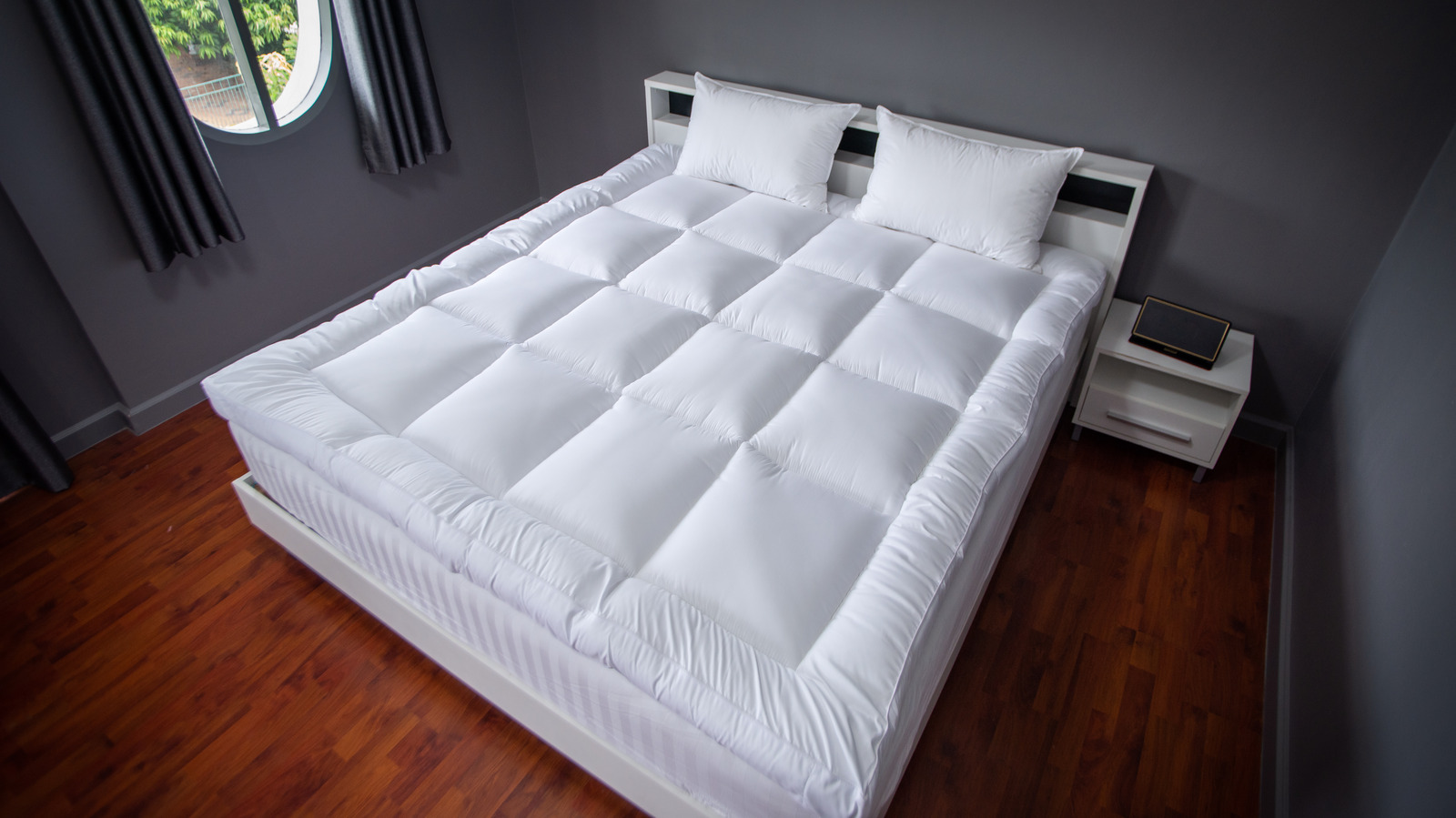
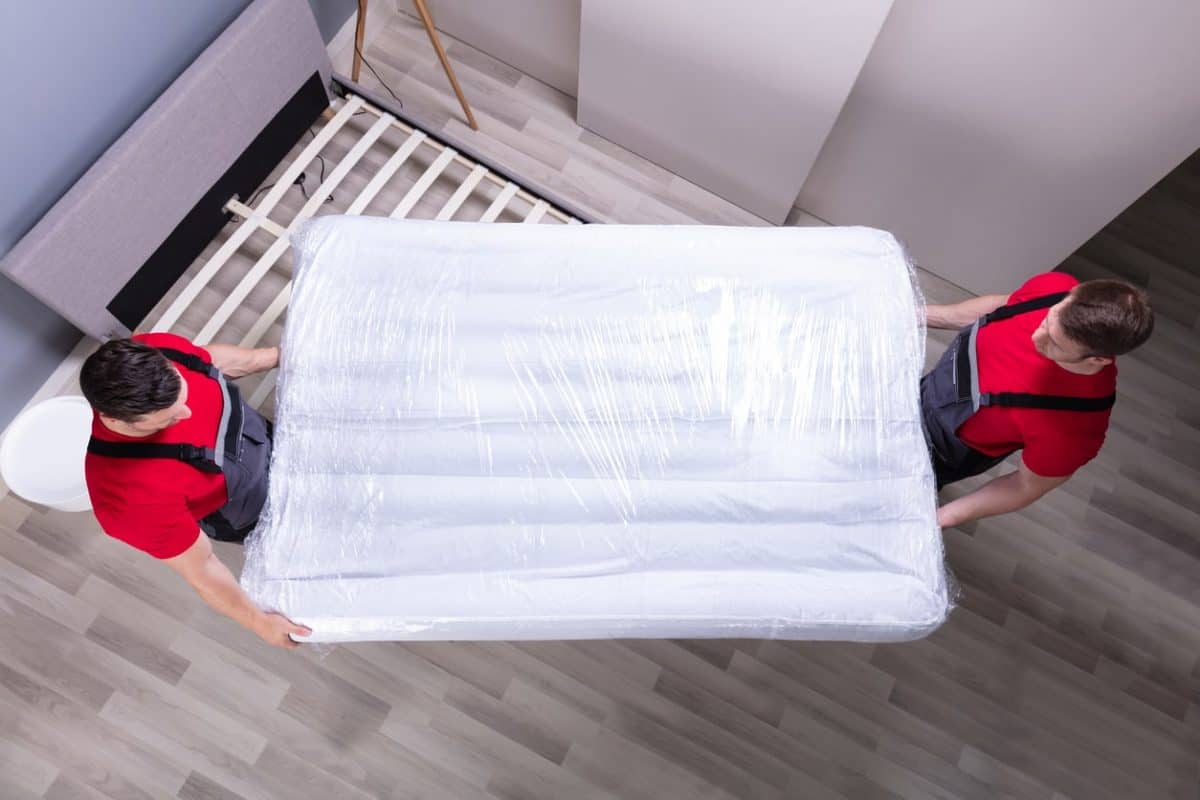
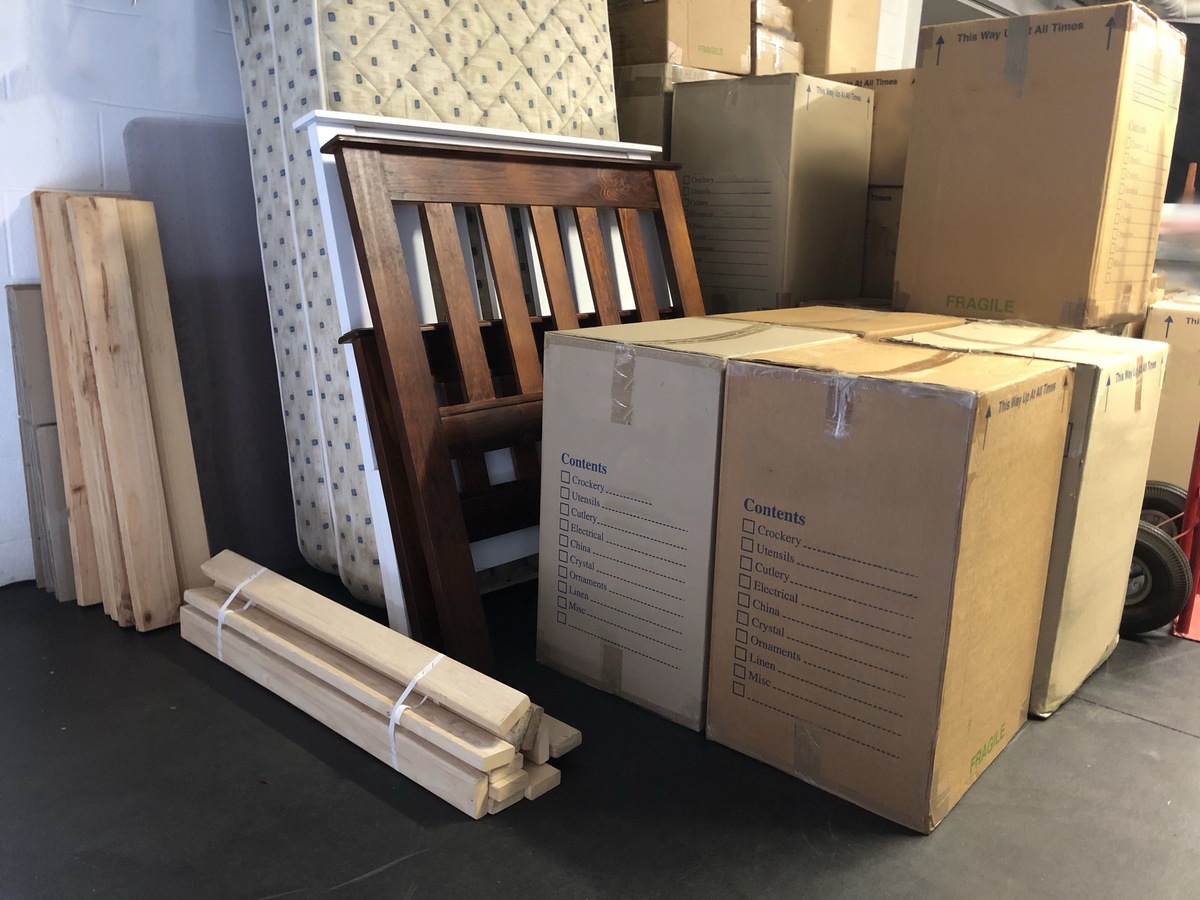

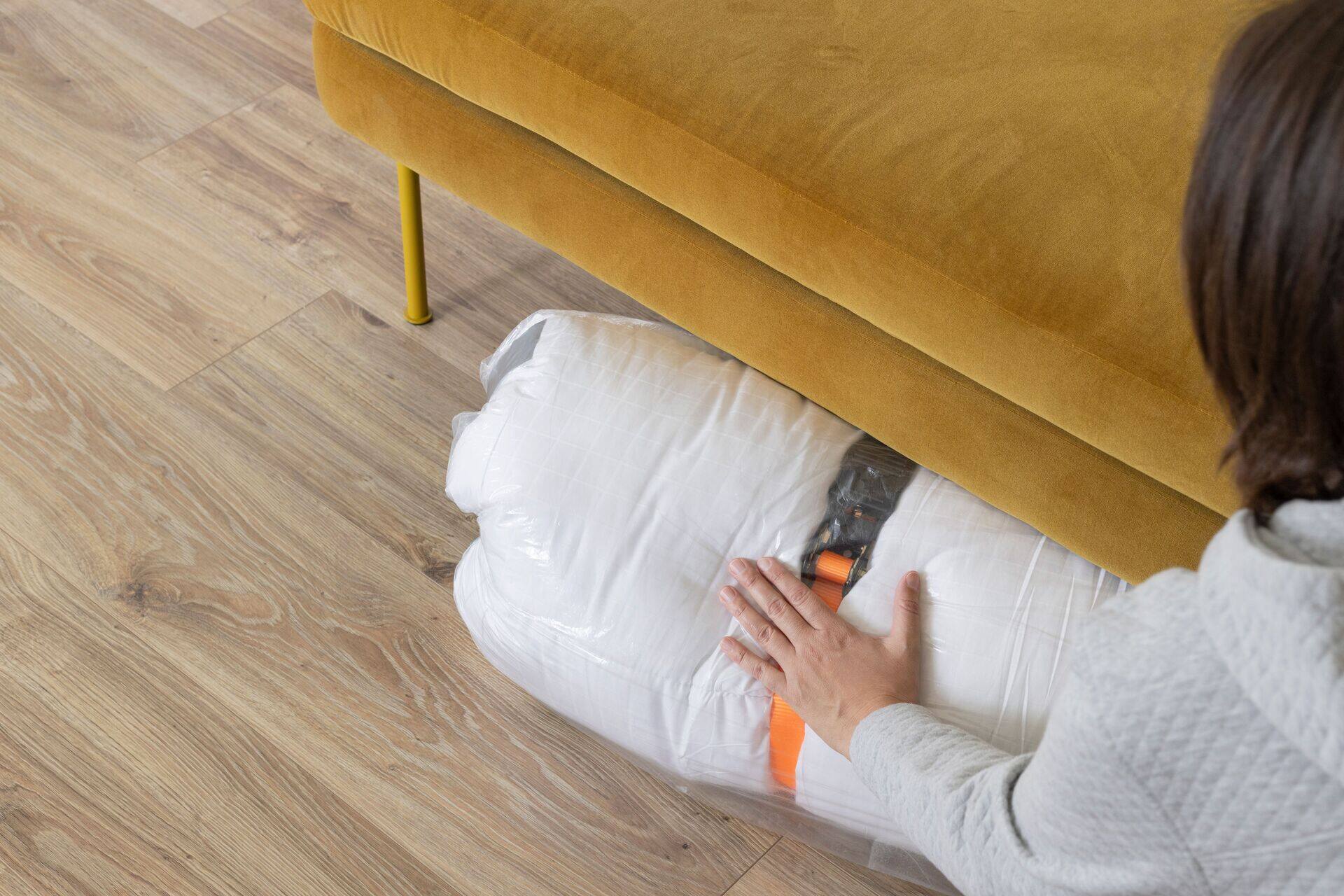

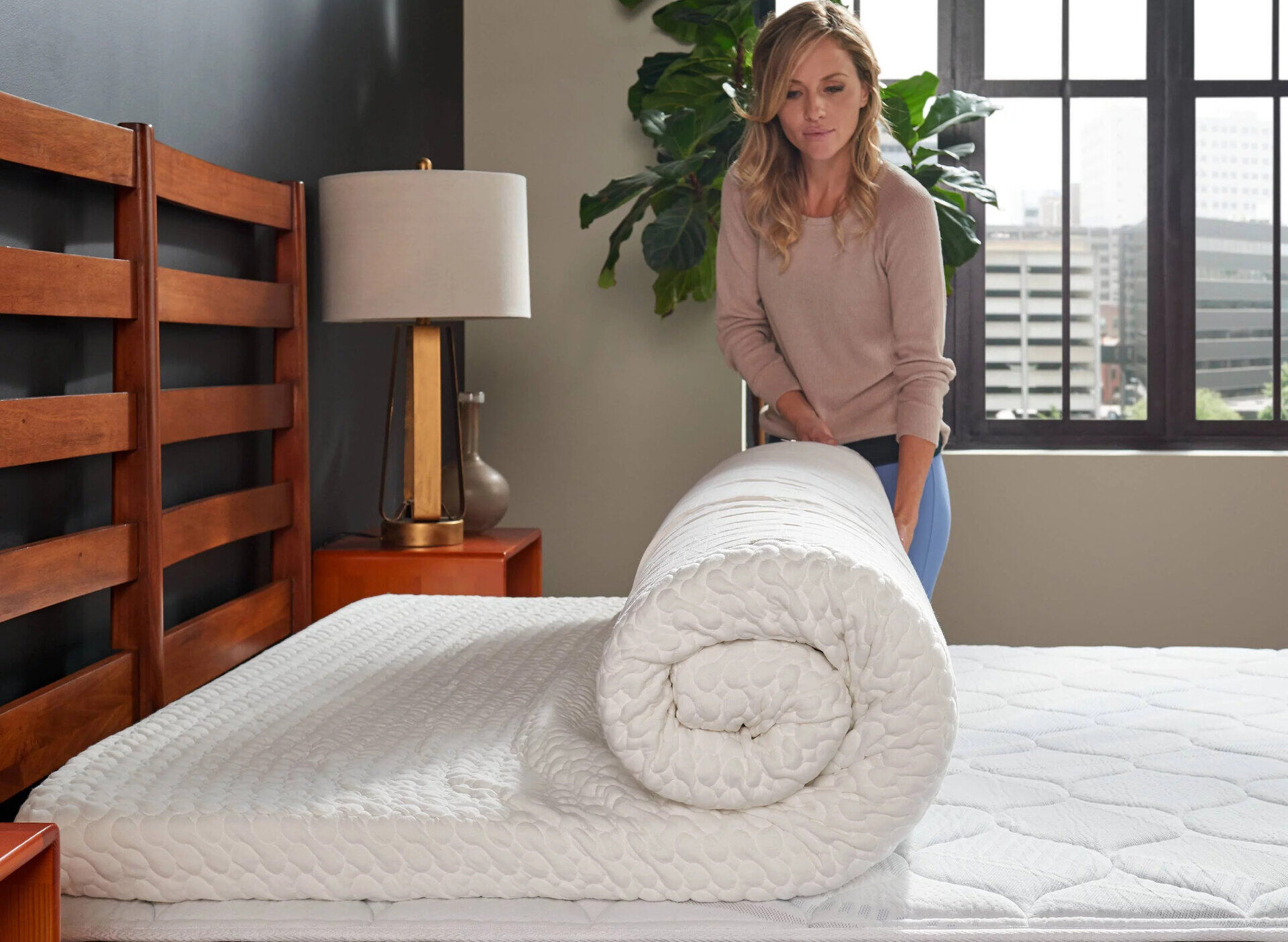
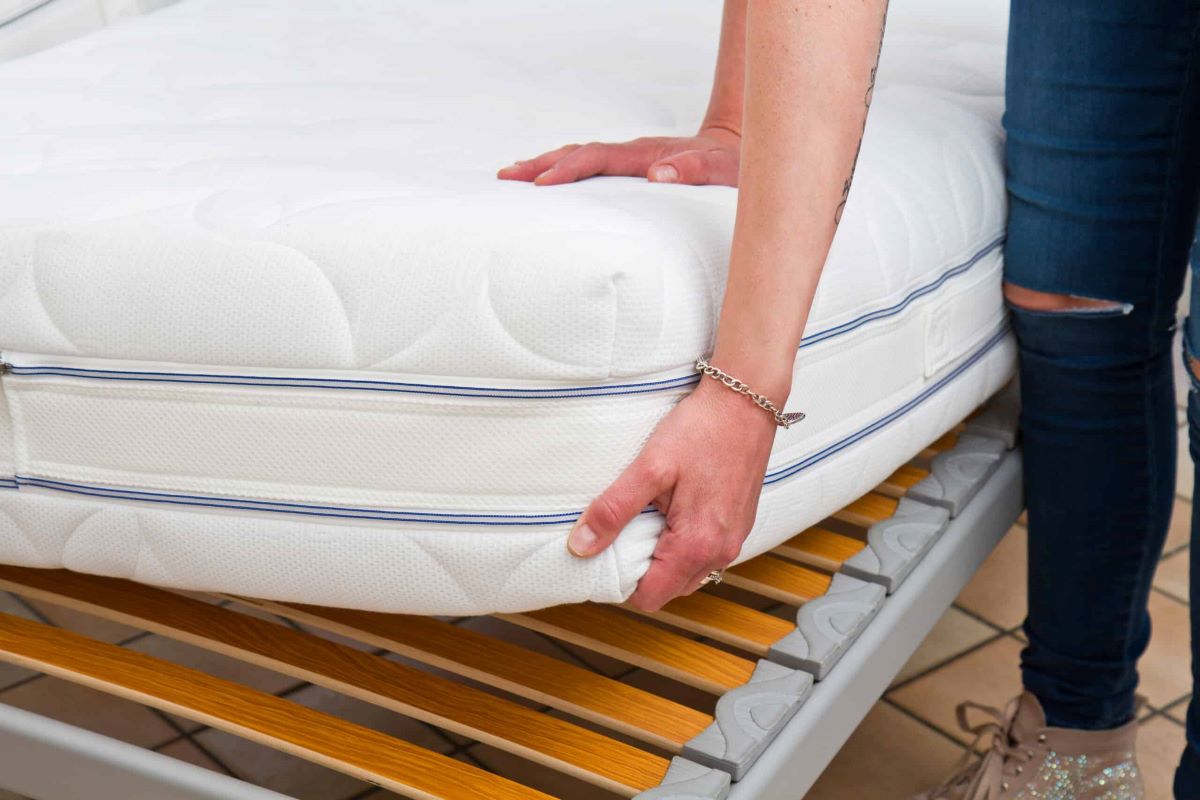
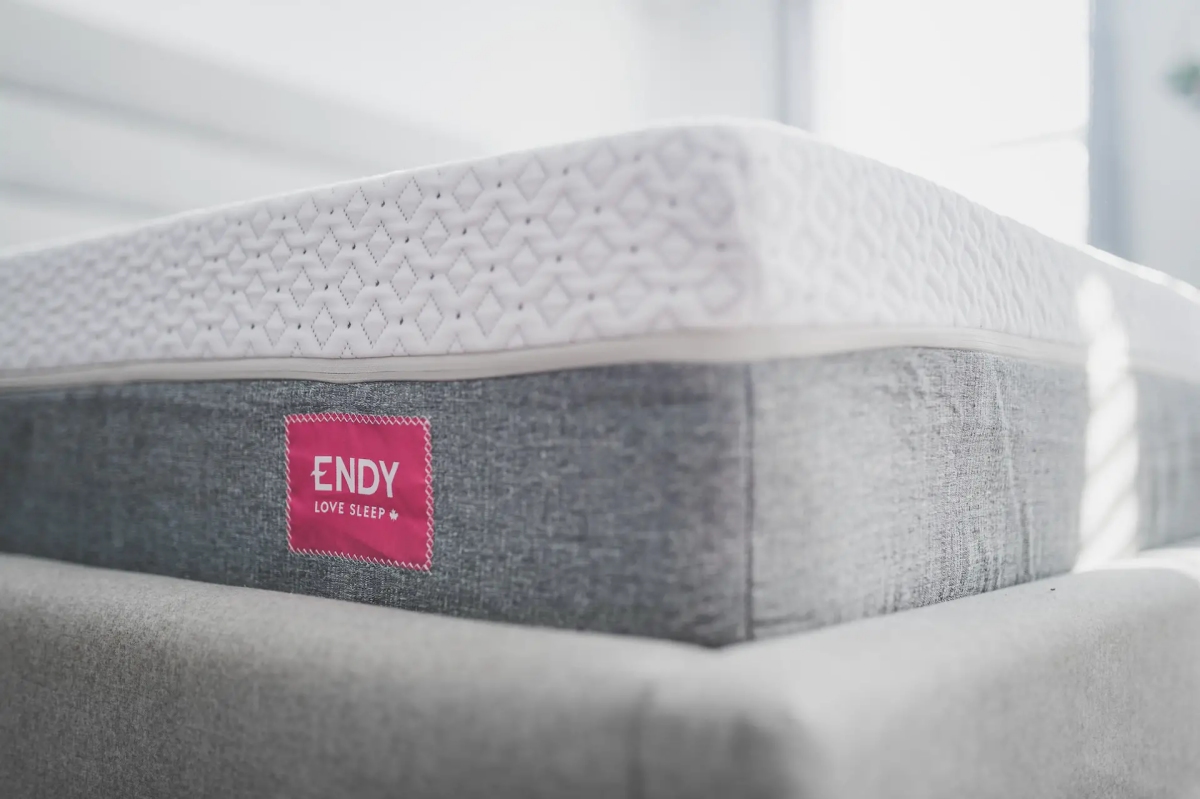
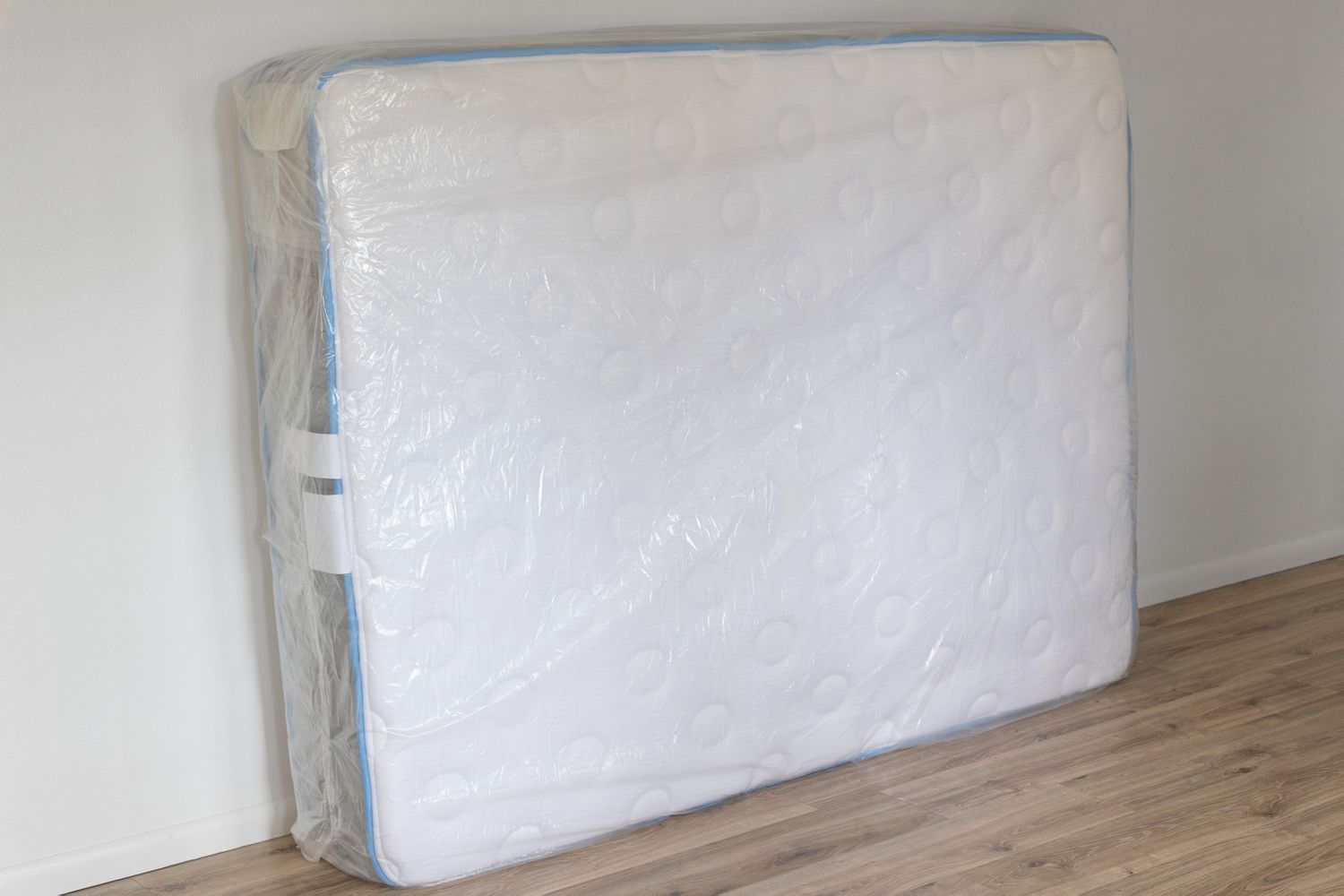
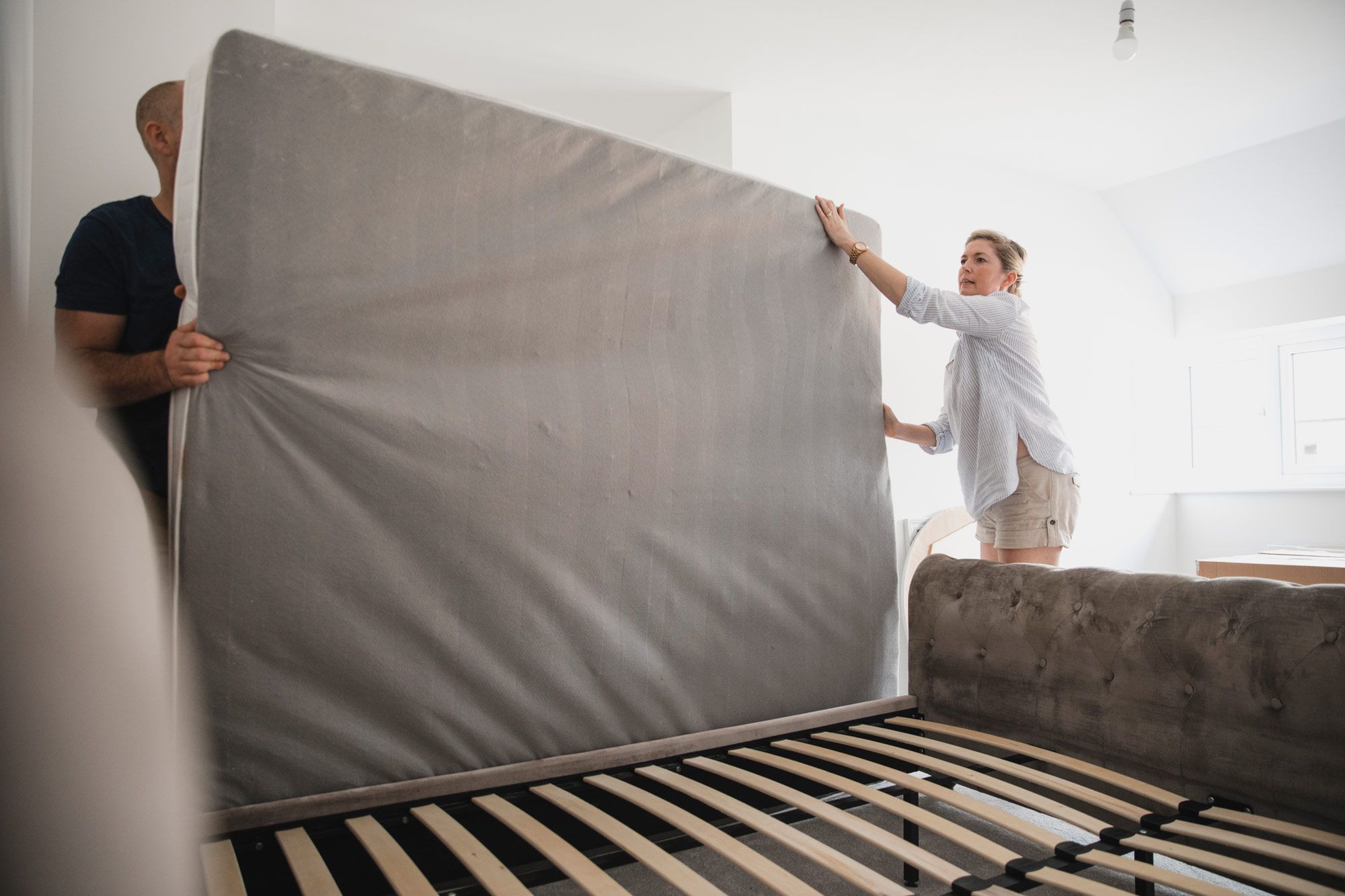
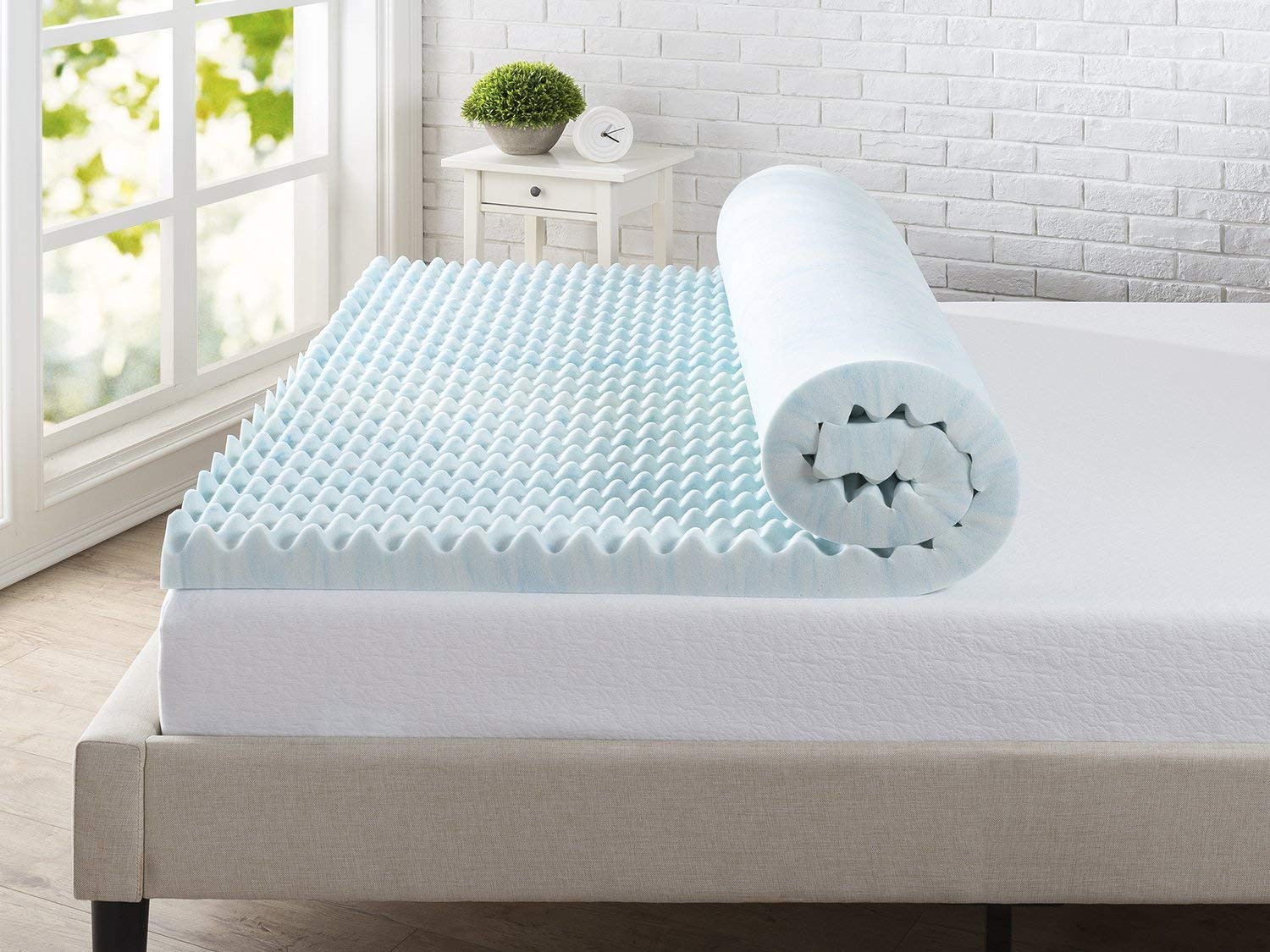
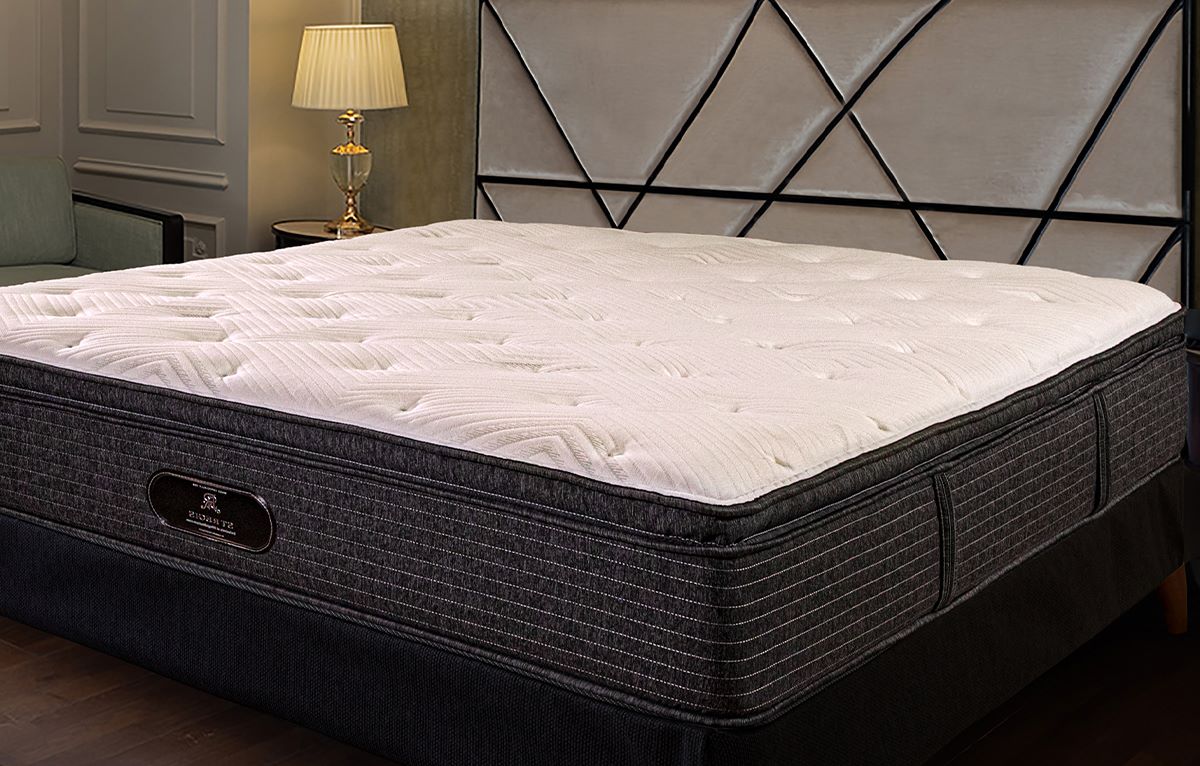


0 thoughts on “How To Store A Mattress In The Attic”